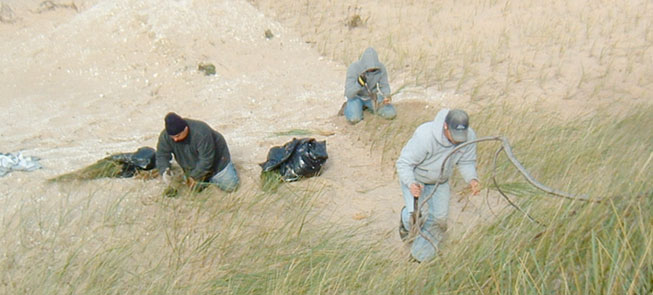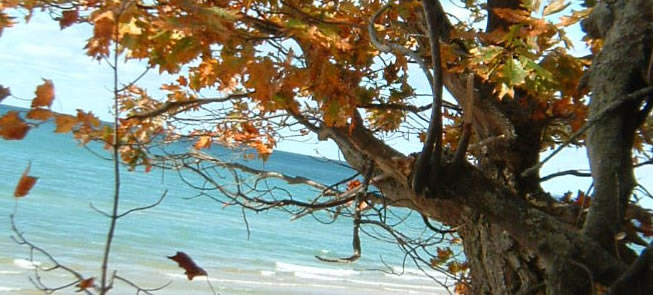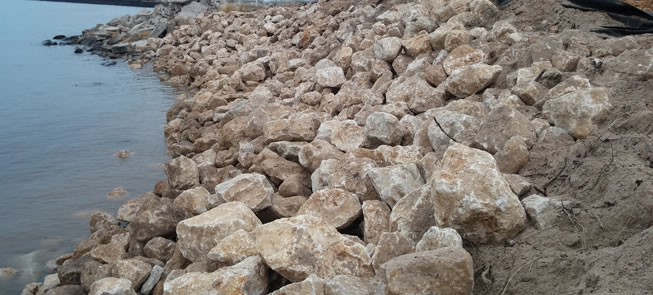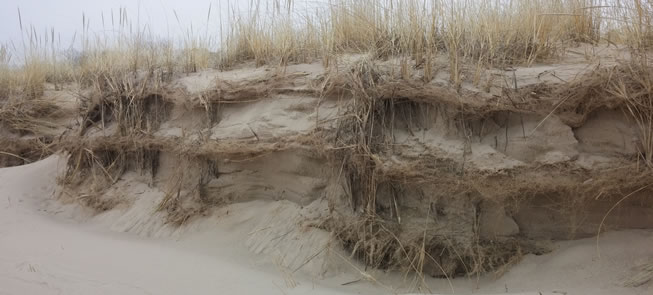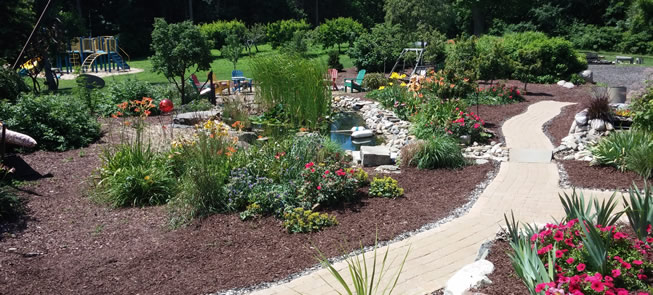Have you ever seen the clumps of lilacs growing in the middle of what appears to be a “natural” area of plants? What about the lonely clumps of daffodils or roses bushes that seem to be out of place? Odds are, you will find the remnants of a house or barn nearby if you have the opportunity to look. The shoreline has many of these abandoned houses, these derelicts of past owners who made the property their home. At one time the shoreline property was farmland, but, not very desirable. In fact a member of the older generation once told me that his family always felt sorry for the farmers that lived in the “sand” near the shore. Their crops would burn up or be stunted while the farms with the heavy soils further inland would flourish.
Imagine that! What is now prime real estate was once considered worthless land. Of course, it now sprouts bathing suits and tennis courts instead of grain for livestock.
Often the story would go like this. The “pioneer” would find some land recently cleared by the logging industry in the nineteenth century. They would then plant this virgin soil with crops of wheat, hay, or corn. For a time the soil would support a living until the thin topsoil would be played out. The farmer would be forced to move his family off the “worthless” land to find a decent farm. The soil, opened to the elements by the plow, would begin to dry out and blow turning this already poor soil into ridges of moving sand. Eventually, the forest would reclaim the land with the help of the people who were in charge of controlling the erosion.
Sometimes it was the workers of the WPA during the “Great Depression” of the 30’s who planted dunegrass and evergreens to stop the soil loss.
The remnants of the old farmhouses now lie derelict along the lakeshore. Often, the only indications that a family once lived there are the telltale plants that I mentioned at the beginning. Other times you can see the old foundations of the house or outbuildings, including the barn. At most, that foundation is now just a few large boulders that served as cornerstones. Often you can find antique treasures like old bottles, barbed wire and dishes in gullies near the houses where they dumped the “garbage”. Of course, one could argue about the use of the word “treasures”. Oftentimes, the wind blown sand just buried the remains of the old place so that it could no longer be found.
It is a fascinating exercise of the imagination to stand in the middle of one of the derelicts and let your minds eye try to recall what it must have been like
back when someone lived there. No motor driven machinery, only animals, tools and bare hands. Probably a mixture of animals including a couple of horses, cows, hogs and chickens. The clothes would have been handmade. The construction material was wood framing with wood siding and wood shingles on the roof. Work would have been backbreaking. Life would have been very difficult with very little medical care to protect from disease and accident. I am sure many little graves were dug into the sand hills. Then, despairing, the families would be forced to leave after a time by the growing infertility of the land. They took what they could carry and moved on.
Now I am standing where they took a last look at what they had called home. I am thankful for the beauty of the creation around me. I am also touched with a sadness of broken dreams and suffering that often accompanied the move.
Life is like that , even now. We can pour our hearts into work or possessions, into making a home. But, in the end, we have to leave it. Difficulties arise in our lives. Trials come. One day we will have to leave it all in death. The scene is different than the one for the pioneers, but, the difficulties are the same. The houses today are more durable than the old houses, yet, they too will rot into the ground or be covered by sand. The only thing left of all our treasures will be a few things that survive in the dump. The things of this earth have no lasting value-not for the pioneers nor for us today.
I am reminded of a song sung for generations by my Dutch forefathers, who were among the pioneers of West Michigan. Psalter number 136 based on Psalm 49 reads in part: “Dust to dust, the mortal dies, Both the foolish and the wise; None forever can remain, Each must leave his hoarded gain…Crowned with honor tho’ he be, Highly gifted, strong and free, If he be not truly wise, Man is like the beast that dies.” That is the point. That is the lesson we must learn. The only thing that is of lasting value and worth in this life is our spiritual relationship to God in Christ. What do you value more than anything else?
Letting Go
One by one, I must let go,
Of all the things I treasure so.
My wife, my family I love so much now,
By grace I must let them go somehow.
For when my time on earth is finally done,
When I my race have fully run,
Let me love You above all the rest,
In God my hope I learn to rest.
Until then let me treasure them all,
As gifts that on me from heaven did fall.
Give me patience and kindness and a meek heart,
That, through me, Your praise may truly start.
In my generations may Your name be raised,
Alone as the One worthy to be praised.
When finally my family must lay me to rest,
They’ll know that for us that end is best.
Deane Wassink
May, 2002

